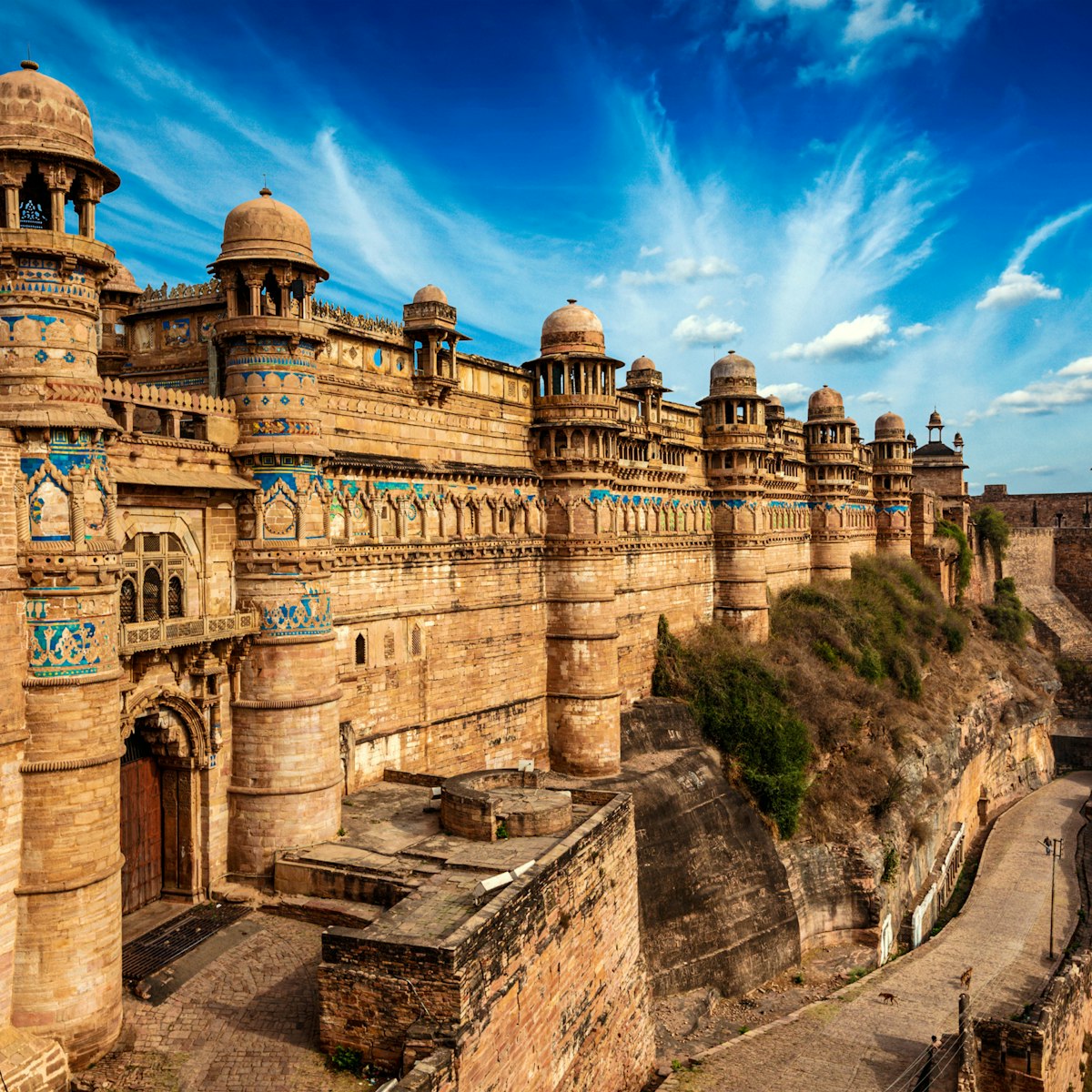Just north of the Man Singh Palace is the entrance to the ruins of the Vikram Mahal, Karan Mahal and other dilapidated palaces in the north of the fort. Also here is the Jauhar Kund, a tank famous as the scene of mass self-immolation (jauhar) by the women of the royal household when Gwalior was on the brink of capture by the Delhi sultan Iltutmish in 1231.
Although none of the buildings are in particularly good condition it's fun scrambling around the walls and up to the lookout points.

